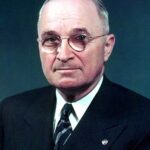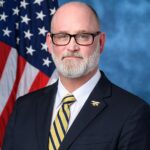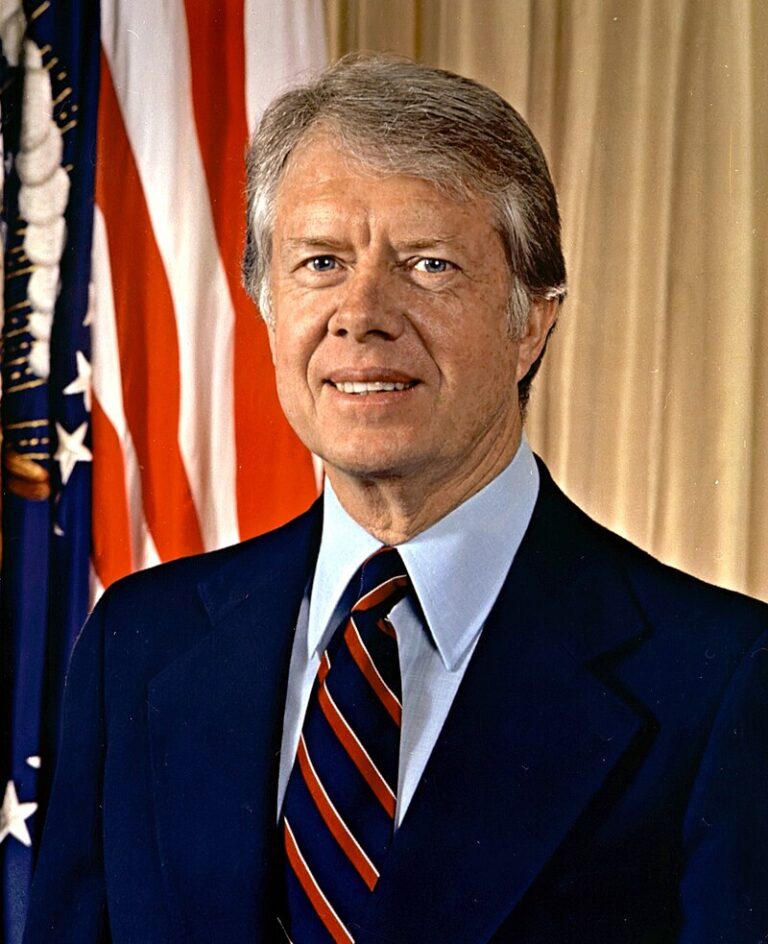 Harry S. Truman served as the 33rd President of the United States from 1945 to 1953. His presidency is notable for its pivotal role in ending World War II, shaping the early Cold War era, and establishing significant domestic policies. Here’s a comprehensive look at his tenure:
Harry S. Truman served as the 33rd President of the United States from 1945 to 1953. His presidency is notable for its pivotal role in ending World War II, shaping the early Cold War era, and establishing significant domestic policies. Here’s a comprehensive look at his tenure:Ascension to the Presidency:
- Truman assumed the presidency upon Franklin D. Roosevelt’s death on April 12, 1945. His transition was abrupt, with little preparation, as he was largely kept out of the loop on major wartime decisions, including the atomic bomb project.
Foreign Policy:
- End of World War II:
- Hiroshima and Nagasaki: Truman made the controversial decision to use atomic bombs on Japan, leading to Japan’s surrender on August 15, 1945, effectively ending World War II.
- Potsdam Conference: He participated in this final wartime conference with Winston Churchill and Joseph Stalin, where post-war arrangements were discussed.
- Cold War and Containment Policy:
- Truman Doctrine (1947): Declared U.S. support for countries resisting communism, initially applied to Greece and Turkey.
- Marshall Plan (1948): An initiative to aid Europe’s economic recovery, aimed at preventing the spread of communism.
- Berlin Airlift (1948-1949): In response to the Soviet blockade of West Berlin, Truman authorized a massive airlift to supply the city, demonstrating U.S. commitment to Western Europe.
- NATO: Truman signed the North Atlantic Treaty, establishing NATO, to counter Soviet expansionism.
- Korean War (1950-1953): Truman committed U.S. forces to support South Korea against North Korean invasion. His decision to fire General Douglas MacArthur for insubordination highlighted civilian control over the military.
Domestic Policy:
- Fair Deal: Truman’s domestic agenda aimed to extend New Deal reforms:
- Proposed expansions in social security, health care, civil rights, and education, though many were blocked by Congress.
- Housing Act of 1949: Led to significant public housing construction.
- Civil Rights:
- Truman issued Executive Order 9981, desegregating the armed forces, a significant step towards racial integration.
- He also created the President’s Committee on Civil Rights, pushing for broader civil rights reforms despite opposition from Southern Democrats.
- Labor and Economy:
- Faced with labor strikes, Truman took aggressive action, including seizing control of the railroads and threatening to draft striking workers into the army, which eventually led to resolutions.
- 22nd Amendment: Although he could have run for office again, Truman chose not to seek re-election in 1952, and during his term, the 22nd Amendment was ratified, limiting future presidents to two terms.
Challenges and Controversies:
- McCarthyism: Truman’s administration was challenged by Senator Joseph McCarthy’s anti-communist witch hunts, which affected domestic politics and policy.
- Low Approval Ratings: At times, Truman’s approval ratings were very low, particularly during economic downturns and the Korean War stalemate.
- The “Do-Nothing Congress”: Truman’s 1948 campaign famously criticized the 80th Congress for inaction, helping him secure a surprising victory in the election.
Legacy:
- Post-Presidency: After leaving office, Truman returned to Independence, Missouri, where he lived relatively modestly. He wrote his memoirs and remained active in public life, becoming more appreciated over time.
- Recognition: Initially underestimated, Truman’s forthright leadership and pivotal decisions in foreign policy have earned him high regard in historical assessments, particularly for his role in navigating the U.S. into the post-war era and setting the stage for Cold War policies.
- Integrity: Known for his “The buck stops here” philosophy, Truman is remembered for his direct approach to leadership, his moral courage, and his commitment to democratic principles during a time of global upheaval.
Truman’s presidency is a study in leadership during transition and crisis, leaving a legacy of significant foreign and domestic policy achievements that shaped the 20th century.











